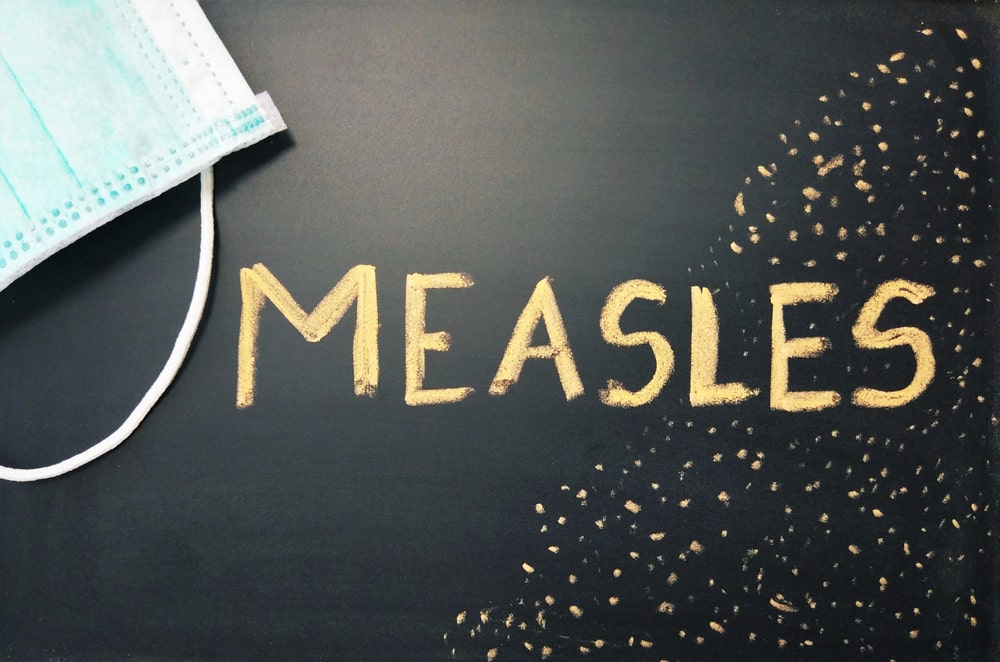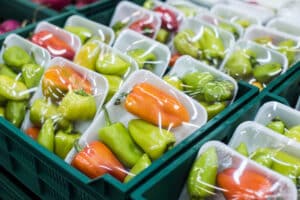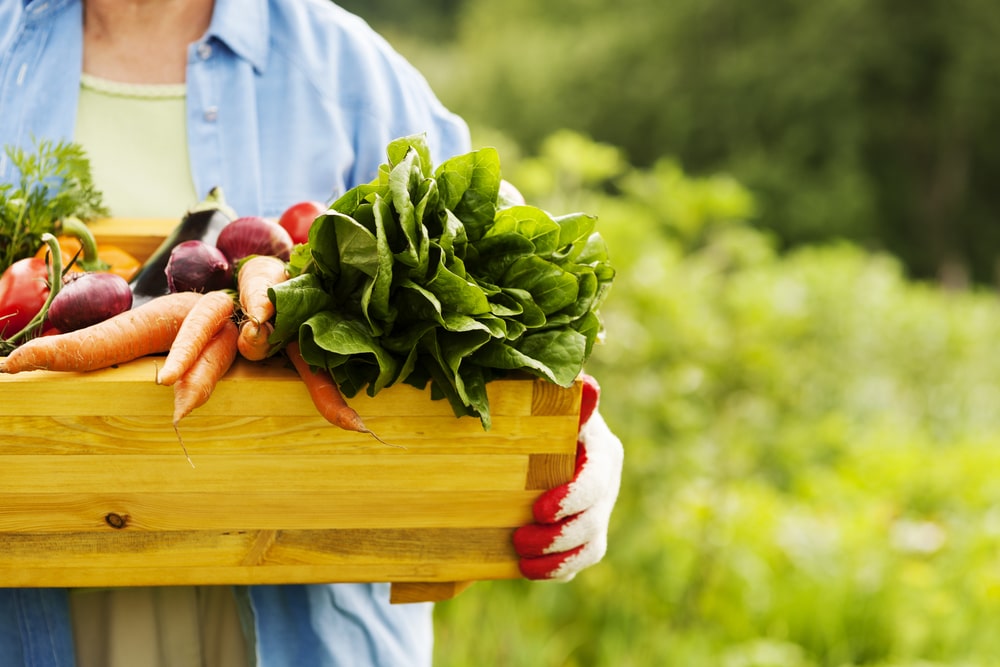You definitely don’t need a degree in nutrition science to know that calories can make you gain weight, and since that summer body won’t appear like magic, you have to take a closer look at your calorie intake, among others. And now maybe a question just popped in your head… “how many calories should I eat daily to achieve my weight loss goals?”
While there’s no exact answer because each individual is unique, a calorie calculator could be a reasonable way of estimating your calorie needs. Based on several factors like gender, age, current weight, height, and activity level, a calorie calculator could reveal your needed calorie intake.
However, according to most nutritionists, if you want to lose weight, it would be ideal to reduce your calorie intake to as little as 500 calories than your body actually needs. The best part? You don’t even have “to suffer,” as you still can enjoy some foods. Today, we are going to present to you the foods that contain almost zero calories.
So, are you ready to finally have that summer body with no effort at all?
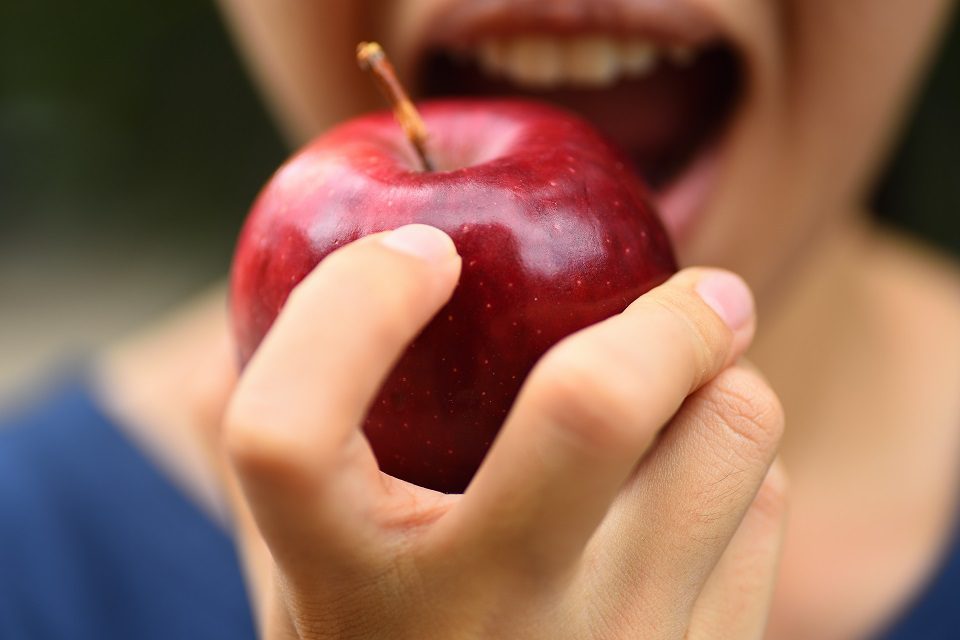
Apples
Ahh, apples… what better way to keep the doctor away?! And not just the doctor, as it turns out that apples have almost zero calories. There’s no wonder why apples are one of the most popular fruits in our country (at least that’s what USDA’s Economic Research Service says).
One cup of apple slices, or about 125 grams, to be more precise, has around 57 calories. But the thing is, you’ll get some dietary fiber, too. In the same amount of apples, you’ll benefit from 3 grams of fiber. And because your body burns some calories (energy) to digest that cup of apple slices, in the end, the net amount of calories is probably fewer than mentioned.
Arugula
Not all of us are arugula fans, but if you are, you’re pretty lucky since this dark leafy green has almost zero calories. Approximately 10 grams of arugula have no more than three calories. Apart from being (almost) calorie-free, arugula is also rich in certain vitamins and minerals like vitamin K, calcium, potassium, and folate.
Asparagus
Asparagus is a super-healthy veggie! In fact… did you know that it can even prevent heart disease? This is possible due to the compounds found in asparagus, called anthocyanins. However… back to our topic, around 134 grams (basically a cup) of asparagus has 27 calories.
And if you’re vitamin K deficient, note that the same amount of asparagus provides 70 percent of the Daily Value for this key vitamin.
Beets
These root veggies are not only healthy but versatile, too. Besides, they are low in calories. For instance, one cup of beets (approximately 136 grams) contains 59 calories. On top of that, the same amount will give you 13 percent of the DV for potassium. And if you have trouble managing your high blood pressure, maybe it’s time to add some beets to your diet.
Broccoli
While it’s not as loved as carrots, for example, no one can deny the fact that broccoli is literally one of the healthiest veggies on the planet. Evidence shows that broccoli consumption may even prevent some types of cancer. Plus, 90 grams of broccoli (approximately one cup) packs around 30 calories and more than 100 percent of the recommended daily amount for vitamin C.
P.S.: If you’re a smoker, it’s a good idea to consume broccoli more often as your body may need larger amounts of vitamin C.
Broth
There are some pretty popular varieties of broth like beef, chicken, and vegetable broth, so depending on which type of broth you tend to consume, one cup could contain between 7 and 12 calories. Your base for soups has almost zero calories! Like… who would have thought that something so common could make you lose weight?!
Brussels Sprouts
Another cruciferous veggie listed here (the first one was broccoli) is Brussels sprouts. These mini cabbages can be consumed as you want (whether raw or cooked), and it doesn’t really matter how you choose to eat them since a cup of Brussels sprouts (88 grams) has around 38 calories.
Just like their cousin (broccoli), Brussels sprouts are pretty abundant in vitamin C, too. Besides, studies show that they may even protect against DNA damage.
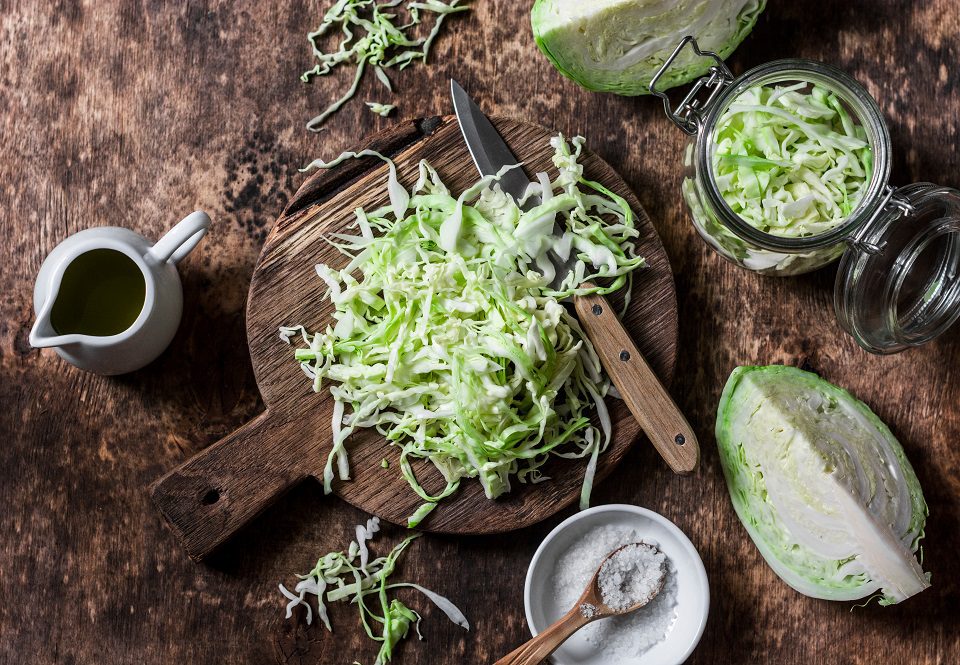
Cabbage
A common ingredient used in most salads and slaws is the old-fashioned cabbage. Unlike other veggies, we can say that cabbage is pretty humble but as humble as it is, it does offer a wide range of health benefits. It is packed with vitamin C, vitamin K, folate, and even calcium. Besides, one cup of cabbage, namely 89 grams, has only 22 calories.
Carrots
When we think about carrots, we instantly picture the popular orange veggie, but carrots can also be purple, yellow, red, and even white. We also tend to associate carrots consumption with good eyesight, and this is mainly because carrots are abundant in beta-carotene, a compound converted to vitamin A.
But enough of its eye-related health benefits… because you probably want to know how many calories are in one cup serving of carrots. Well, only 53 calories.
Cauliflower
Cauliflower has a plethora of health benefits, but one of the most important ones is probably its ability to be weight-loss friendly. Plus, about 100 grams of cauliflower contain only 25 calories. It is pretty low in carbs, too, packing just five grams.
Celery
It’s not a surprise for most people to find out that celery is a popular low-calorie food since it is found in many weight-loss diets. However, you may not know that celery is pretty high in water, too. Plus, celery packs insoluble fiber. If you eat one cup of chopped celery (about 110 grams), you’ll most likely indulge in only 18 calories.
Chard
Just like other foods found on this list, chard too comes in several varieties. Studies suggest that chard contains incredible amounts of vitamin K, an important nutrient that helps with blood clotting. About 26 grams of chard packs 7 calories, containing more than 370 percent of the DV when it comes to vitamin K.
Clementines
Resembling mini oranges, clementines are super high in vitamin C content. Clementines are also a weight-loss-friendly snack. One medium-sized clementine has around 35 calories and more than 60 percent of the DV for vitamin C, a well-known nutrient in burning body fat.
Cucumbers
Cucumbers are probably one of the most refreshing veggies on earth. This is mainly because they are almost entirely made of water. In general, they are commonly used in salads, but you can consume them as you please since you’ll get the same benefits eventually. Ahh, and to highlight the fact that they are almost calorie-free, 52 grams of cucumbers pack only 8 calories.
Fennel
With a sort of licorice taste, this bulbous veggie is used in many dishes to boost flavor. Even fennel seeds are used in some dishes. But the best thing about this vegetable is its versatility. You can consume fennel either roasted, braised, or raw. Besides, one cup (approximately 87 grams) of raw fennel packs only 27 calories.
Garlic
Garlic is probably found in all households mainly because it’s a super-easy way to add flavor to any dish. Its strong taste and smell make garlic one of the best cooking herbs. Additionally, garlic has been used for ages as a popular remedy to treat various illnesses; studies suggesting that it may even keep cancer at bay.
And if you want to keep your calorie intake in check, try to add more garlic to your diet. One clove, or better said, 3 grams of garlic, contains only 5 calories.
Grapefruit
This popular citrus fruit contains several compounds that can minimize cholesterol levels while increasing metabolism. That’s why it is found in many weight-loss diets. Apart from that, grapefruit is also low in calories. Half a grapefruit (about 120 grams) contains 52 calories.
Iceberg Lettuce
Commonly used in sandwiches, burgers, and salads, iceberg lettuce it’s well-known for its water content. And even if you might not associate iceberg lettuce with many nutrients and vitamins, it does contain decent amounts of vitamin A, vitamin K, as well as folate.
Plus, one cup of iceberg lettuce (72 grams) packs just 10 calories.
Kale
This leafy green has a good reputation for being super nutritious. The best part? It is super versatile! You can add it to your morning smoothies, salads, or you can consume it as a side dish. Those with vitamin K deficiency should consume kale more often as only 67 grams of kale has seven times the amount of vitamin K needed per day. You should also try these super tasty and healthy Kale chips, you won’t regret it!
The same amount of this leafy green has only 34 calories.
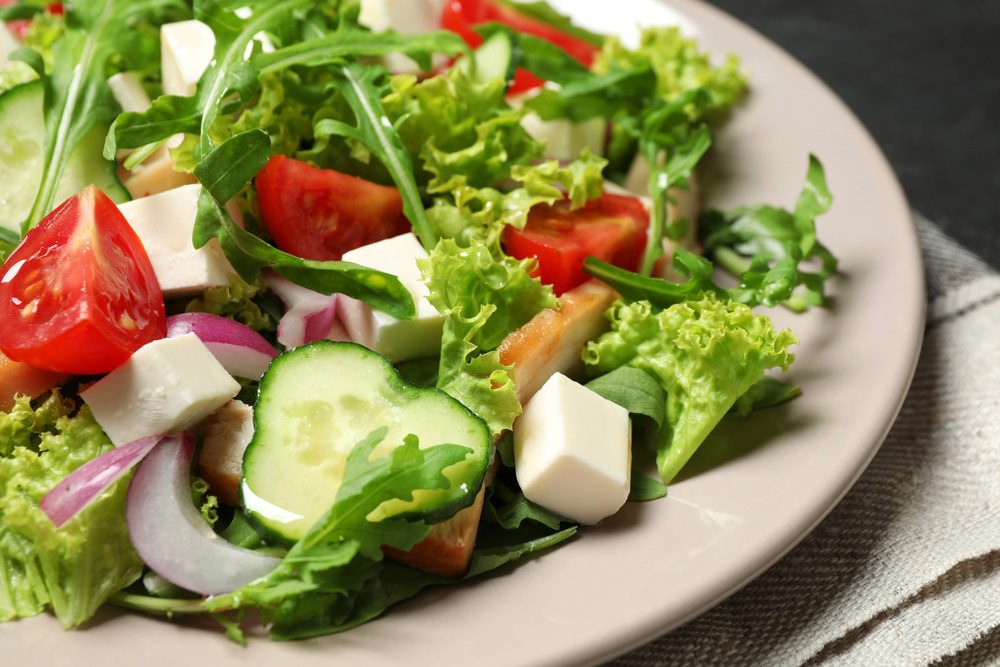
White Mushrooms
Mushrooms are a great substitute for meat, so if you want to reduce your meat intake, at least make sure you get your protein from somewhere else. As for their calorie content, one cup of white mushrooms (about 70 grams) has just 15 calories.
Onions
There’s not a single household out there that doesn’t have onions, and for good reasons. Onions are a commonly used ingredient in most dishes. And although it comes in many shapes and colors (red, yellow, white, scallions, or spring onions), in general, one medium onion (110 grams) packs around 44 calories.
Speaking of tasty and healthy food, I think it’s time to discuss if eating seafood is, in fact, a healthy choice, so check this article: 7 Ways Seafood Can Improve Your Body


